Communicating geoscience
/ On Day 1 of the AAPG Annual Convention, I spent most of the morning in a special session entitled Communicating Our Science. I thought I'd share some of my thoughts on the subject. Please share yours in the comments!
On Day 1 of the AAPG Annual Convention, I spent most of the morning in a special session entitled Communicating Our Science. I thought I'd share some of my thoughts on the subject. Please share yours in the comments!
This was primarily a panel discussion, but the convenors took several of questions from the audience of about 40 people. If the room had been smaller, and the audio system better-behaved, we might have had more of a conversation.
The panel consisted of three academics, two journalists, and a political lobbyist. While most of the panel had some direct experience in industry, there was a conspicuous and slightly mystifying absence of anyone currently working in industry. There was a less surprising but possibly more troubling absence of anyone representing 'the public' (whoever they are). The panelists were:
- Jim Reilly, Dean of Science and Technology Development, American Public University System
- Michael Zehr, Federal Policy Advisory, Consumer Energy Alliance
- Heather Saucier, Correspondent, AAPG Explorer magazine
- Jane Whaley, Editor in Chief, GeoExPro Magazine
- Donald Paul, Professor of Engineering, Chair of Energy Resources, USC
- Iain Stewart, Professor of Geosciences Communication, University of Plymouth
Questions covered topics like "Where can I get information about energy issues?" (the EIA is a good start) to "How should I answer emotional questions about fracking?"(Honestly... and send people to Frack-Land). Most of the answers focused on engaging with the public, or with the press. But I'm most interested in how our own community communicates with itself, so the question I wanted to ask (I wasn't chosen by the chairs) was this:
The panel advises industry to engage with the public and communicate with authenticity and transparency, and I agree completely. But my perception is that we don't model this type of communication when we talk to each other, never mind the public — companies are wary of sharing methods and data, and we're most comfortable with controlled, one-way communication like talks, papers, and panel discussions. Does the panel agree, and if so, does it have any recommendations for improving how our technical community talks to itself?
I do love the concept of sessions like this — we absolutely need more of them. But I think we need to think more about the purpose, and what we can get out of them. For example, no-one was capturing the proceedings, as far as I could tell (and a video would certainly be the wrong way to do that here). And there was no way to circle back to the crowd for a reflection on the panel's responses. We can do better.
That said, there were plenty of nuggets of wisdom from the panel. One of my favourites was a remark from Iain Stewart: "I don't think we should be focusing on increasing the public's scientific literacy, we should be focusing on building trust." At the very end, the panel were asked for advice for AAPG and the professional community:
- AAPG should build a repository of links, blogs, and FAQs about geoscience — Jim Reilly
- We need more data to support our reporting and outreach — Michael Zehr
- Technical societies should offer writing courses and seminars — Heather Saucier (here's one :)
- Industry has to be more proactive with public engagement — Jane Whaley
- Public engagement is not an option anymore, it's a core skill — Donald Paul
- Communicators should embrace the human side of science with enthusiasm — Iain Stewart
I could get behind all of those. What about you?


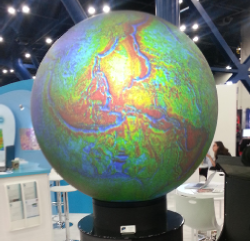
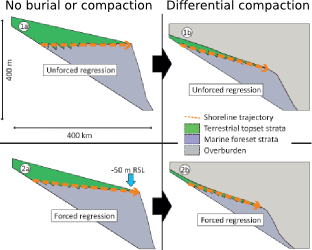
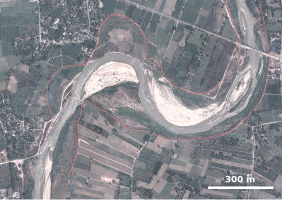
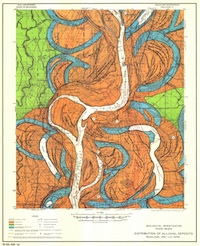

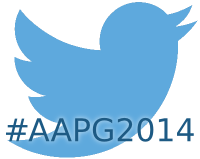






 Except where noted, this content is licensed
Except where noted, this content is licensed